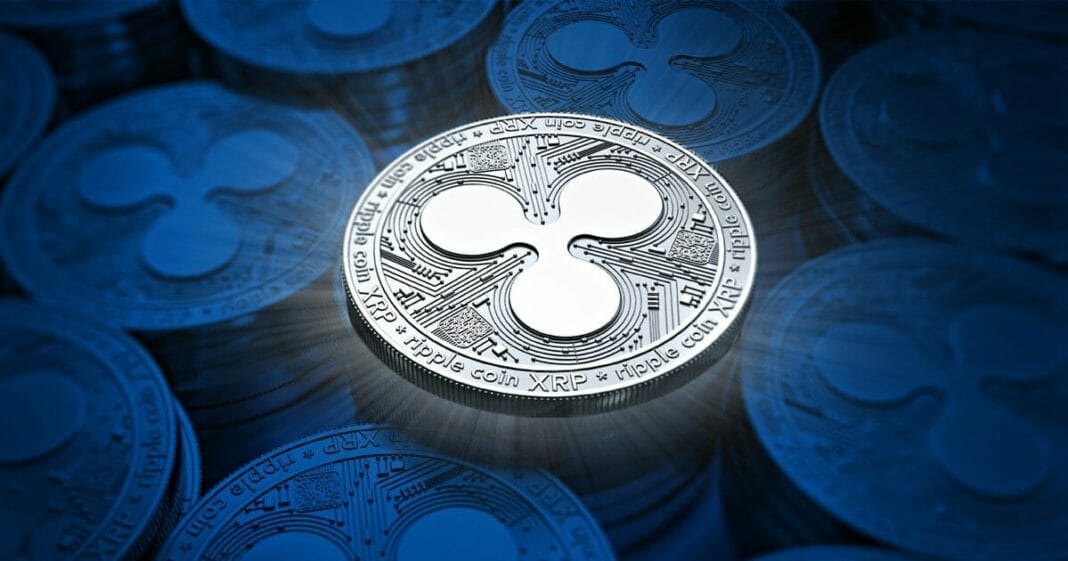Iván López, an engineer, and expert in cryptocurrencies, explains the implementation of Ripple in financial organizations worldwide
Ripple (XRP) continues moving steadily and is making progress with financial institutions worldwide, as they are attracted to its cross-border payment solutions for faster and cheaper transactions.
Despite the bear market seems to have ended, Ripple has been one of the best-performing digital assets in recent months. This is due to the fact that Ripple Inc. is implementing several products whose designs are intended to compete and replace the Society for Worldwide Interbank Financial Telecommunication (SWIFT).
Of course, it is very striking that Ripple has dealt with large institutions very tactfully. This suggests that institutions need a face to adopt and harbor an idea, maybe due to the confidence they need so much. Anyway, Ripple’s participation with entities such as the World Bank (WB) and the International Monetary Fund (IMF) is a testimony to its growth.
In the first instance, Ripple co-founder Chris Larsen was chosen as one of the actors to discuss with the IMF the different ways in which Blockchain and other emerging technologies could be used to rationalize some of the activities executed within the financial landscape.
IMF Director Christine Lagarde warned banks that they would have to enhance and adopt new technologies, such as Ripple, which would help them serve their customers better. She believes that Ripple and other similar Blockchain companies would help banks reduce costs and accelerate transactions worldwide.
Improving Remittances
The WB recently published an article in which it praised the Blockchain technology and the efforts made by Ripple and others to improve remittances. Currently, remittances involve a high cost for those who need them most, especially for residents of developing countries who travel abroad and send funds to their country of origin.
Sub-Saharan Africa, for example, remains the most expensive region to send money, with an 8.97% average cost. Innovations in cross-border transactions can certainly help reduce operating costs for remittance service providers.
The latest report focuses on the various Distributed Ledger Technologies (DLT), including Ripple’s xRapid technology, for which pilot programs and the Circle payment service have been run at several institutions.
It also referred to the Ripple’s pilot program for the American and Mexican market. Ripple indicates that there was a saving of 40-70% in this particular pilot program since cross payments only require a few minutes compared to the few days when they are executed through a Forex agent. In addition, Mercury FX, which uses xRapid, revealed that more than $ 1.8 billion in remittances have been executed through Ripple.
Fed’s Adoption of Ripple
Finally, we mention the Federal Reserve of the United States (Fed), which can even adopt any of the three Ripple Inc. solutions. The bank aims to adopt technologies such as Ripple, which would support interbank liquidity for faster payments.
In the report submitted to the Fed, Ripple informed that, for the United States of America to retain their competitive advantage and drive innovation in payments, it is crucial that new systems be studied and adopted.
Undoubtedly, Ripple’s position with regards to weighty institutions indicates that it is doing well. However, to the liking of many, Ripple is placed before the decentralized philosophy of cryptocurrencies, for which it does not capture their attention, but for many, this is what strengthens it.
By Willmen Blanco











